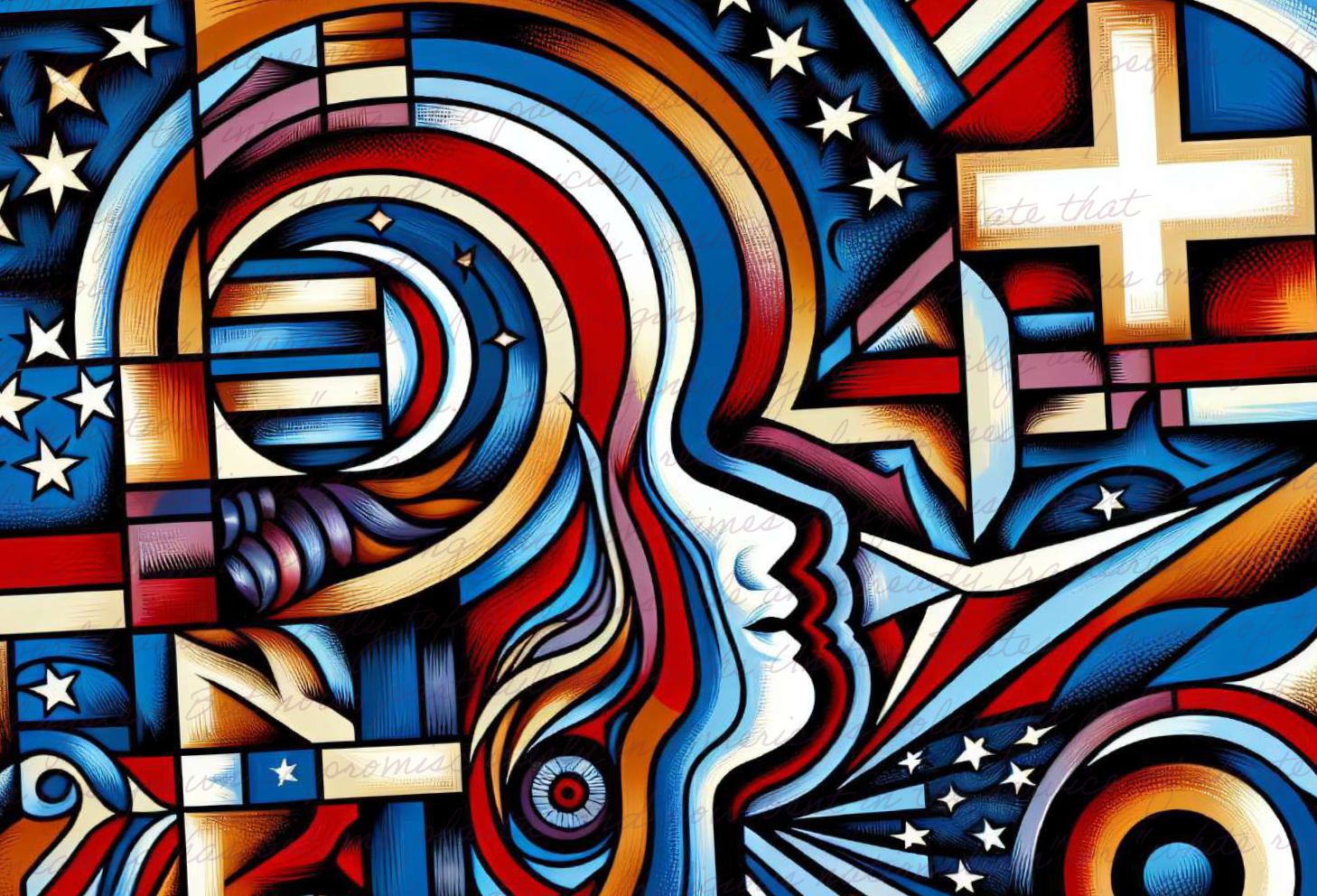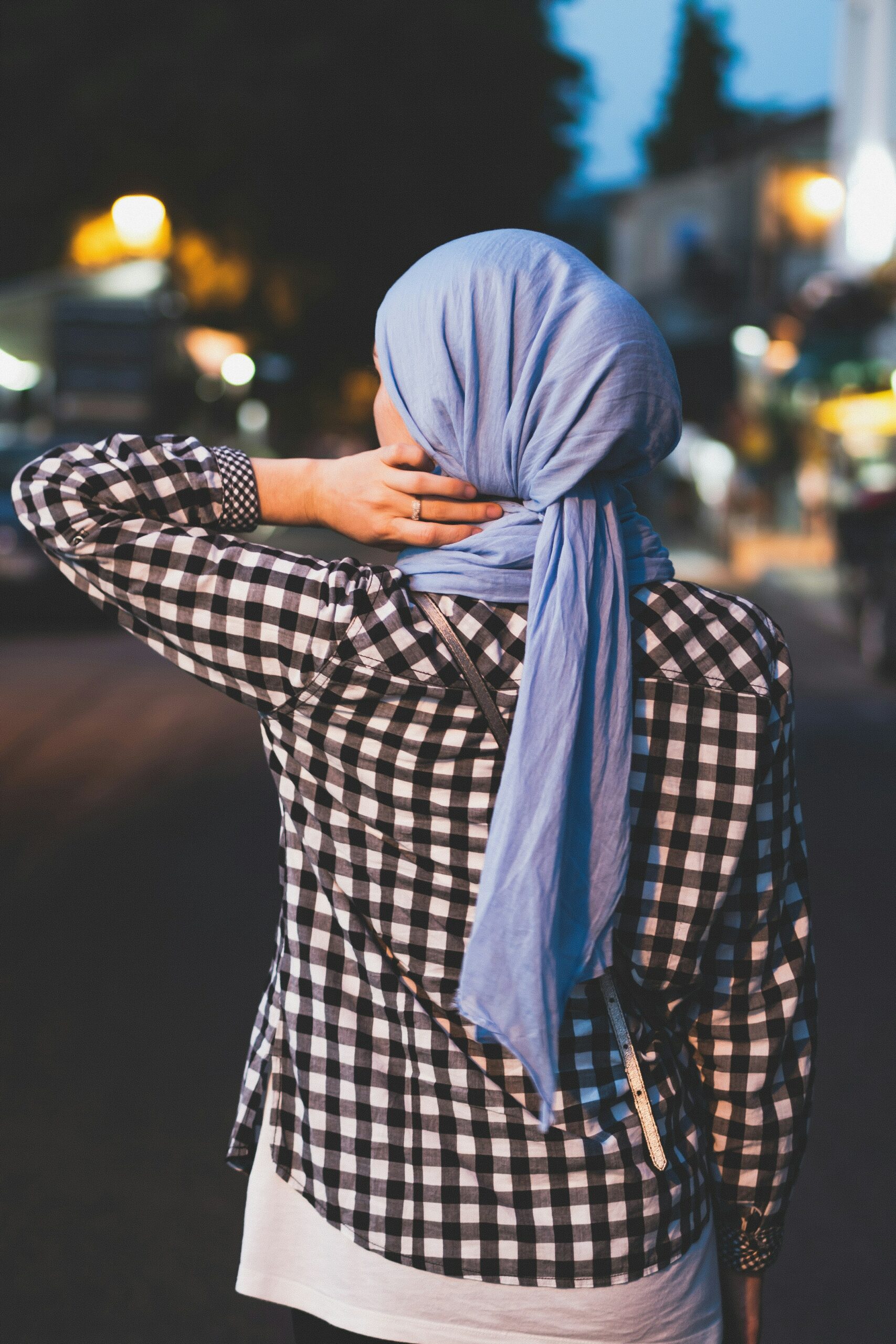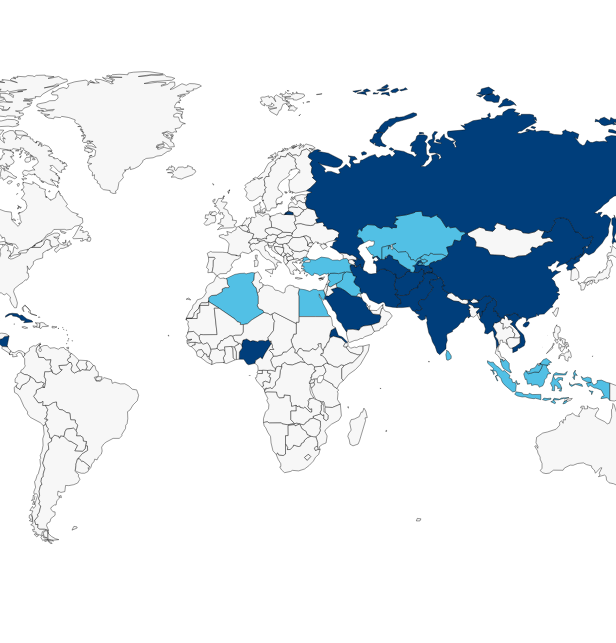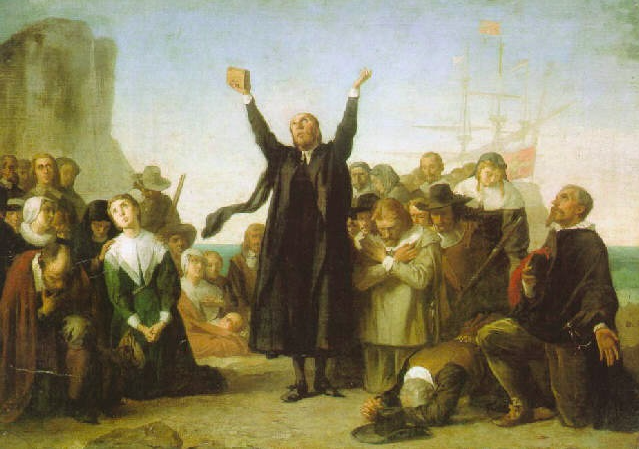In an article published today in First Things, Thomas Farr, president of the Religious Freedom Institute, writes:
[Mao Zedong] understood, as had Stalin and Hitler, that religion (some religions in particular) poses a threat to the totalitarian state by encouraging fidelity to a greater authority.
He attempted to eradicate religion in China but failed. “Today there are an estimated 300 million religious believers in China. The Cultural Revolution [from 1966–76] merely confirmed that even totalitarianism cannot destroy mankind’s religious impulse,” Farr writes.
Since the time of the Cultural Revolution, Mao’s successors have pursued a new strategy, which “concedes that trying to kill religion is not realistic, but that religion poses a mortal threat to communist rule and must be controlled.”
Alarmingly, President Xi Jinping is leading a second Cultural Revolution in China in which he has initiated numerous repressive measures against religious minorities. He has called for the “sinocization of religion,” which Farr describes as “the coercive transformation of China’s religions into an arm of the Communist Party.” Farr continues:
The results, played out in a series of official regulations since then, are a toxic blend of Mao’s ruthlessness and sophisticated 21st-century surveillance techniques—in effect, an updated religious Cultural Revolution.
The most recent of Xi’s regulations (set to go into effect February 1) will require religious organizations, among other things, to “spread the principles and policies of the Chinese Communist Party…”
Read the full article: China’s Second Cultural Revolution.
THE RFI BLOG

Myths of Religious Nationalism in America and Abroad

France’s Olympic Hijab Ban Violates International Law And Exacerbates Tensions

RFI Briefs USCIRF on Lessons from 25 Years of U.S. Designating Religious Freedom Violators

Thought Police: Protecting the People from Prayer

A Religious “Delaware”: Establishing a State Haven for Religious Corporations
CORNERSTONE FORUM

Challenges to Religious Freedom in Iraq and the Critical Need for Action

Public Bioethics & the Failure of Expressive Individualism

Religious Liberty in American Higher Education

Scotland’s Kate Forbes and the March of Secularism

